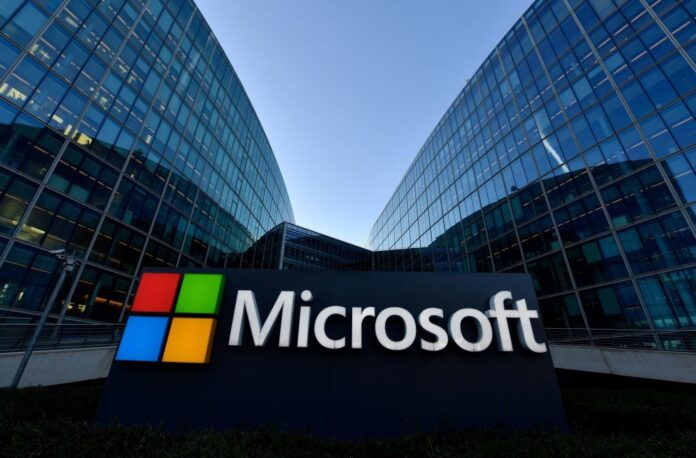Microsoft has clarified to The Verge that the recently released Windows 11 24H2 update, KB5041865, did not introduce a way to uninstall the Recall feature via the “Turn Windows features on or off” menu. Instead, the presence of this uninstallation option was a glitch that the company plans to rectify soon.
Interestingly, this option appeared prior to the actual rollout of Recall, serving no real purpose other than to give users an impression of potential opt-out availability. Once activated, Recall will allow users to disable it, but full removal will not be an option.
For those hoping for a complete uninstallation of Recall upon its release, Microsoft’s statements may be disheartening. The tech giant has previously been compelled to make concessions regarding feature removals, particularly in the European Economic Area (EEA), where it faced pressure to allow the uninstallation of Microsoft Edge. Furthermore, the public outcry over Recall’s security implications was a significant factor in delaying its initial launch, which could lead Microsoft to reconsider its stance on complete removability when it is officially introduced.

According to Microsoft, Recall is set to be available on Copilot+ enabled devices for Windows Insiders starting next month, as originally scheduled. However, if users cannot fully uninstall Recall—only disable it—this limitation might lead to Copilot+ devices being excluded from certain corporate and government settings.
The prompt response from Microsoft regarding this issue suggests that a bug fix update is likely on the horizon, especially since the current situation involves displaying an option that lacks actual functionality.
In addition to the Recall feature, the upcoming version of Copilot is expected to include the Copilot Screenray functionality, which was introduced shortly before the initial preview was suspended.
While Copilot periodically captures and saves screenshots of the desktop, the Screenray feature offers real-time analysis, such as instant translation of emails currently displayed on the screen. Given the serious privacy concerns associated with both Recall and Screenray features, it is crucial that Microsoft provides users with straightforward options to disable or securely eliminate these functionalities.




